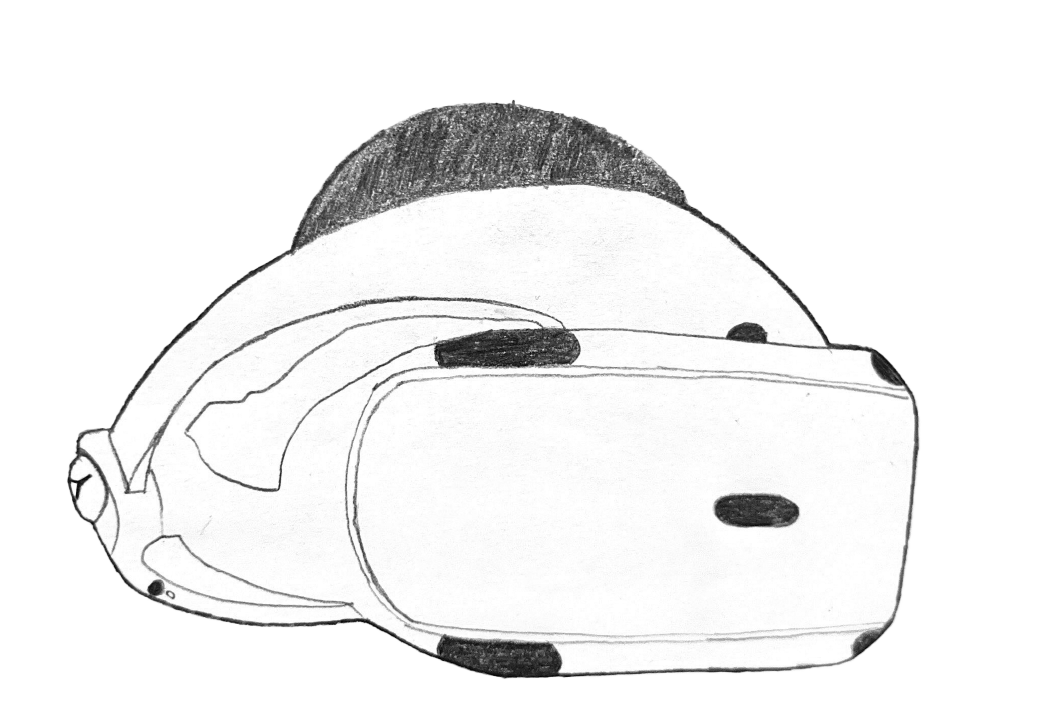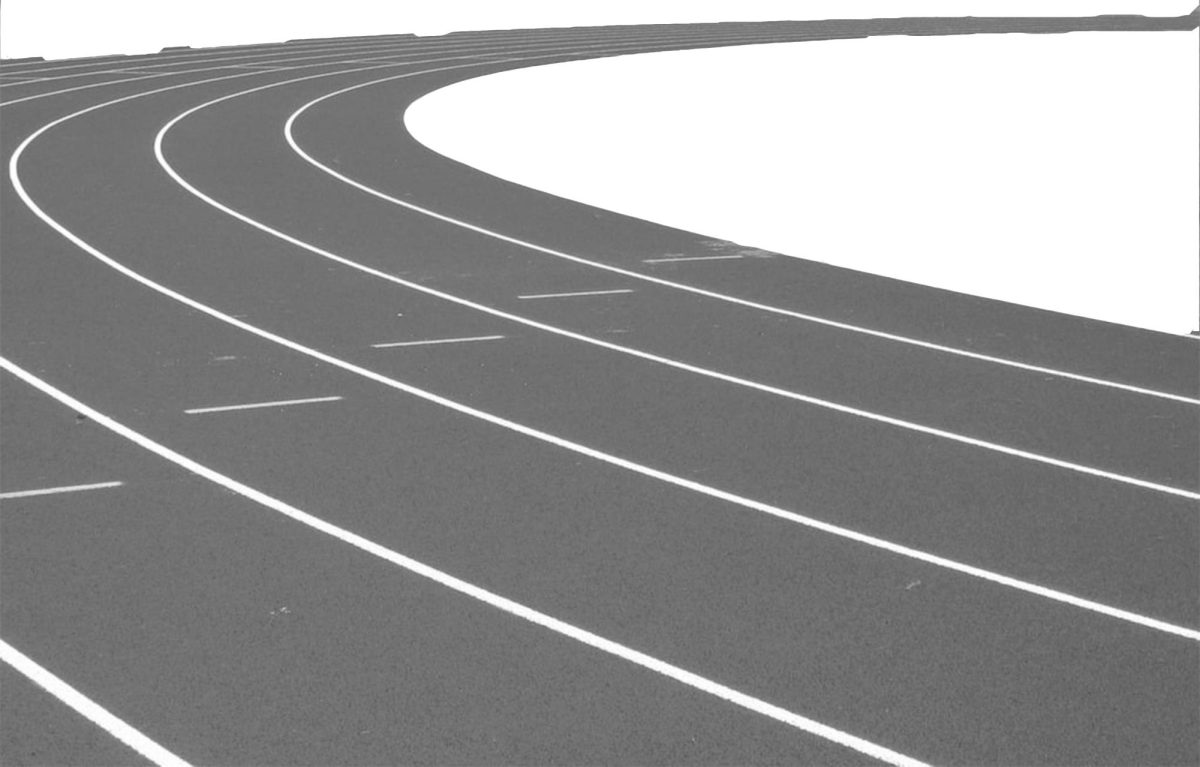The Tour de France is a 21-day bike race that has been a French tradition since 1903. It features top athletes from around the world who compete over 2,000 miles in various challenges such as time trials and grueling mountain climbs.
This year, the competition is set to be 2,165 miles long with the Grand Depart (the first stage) beginning in Florence, Italy on June 29. Traditionally, the Grand Depart is held in a neighboring country with last year’s Tour kicking off in Spain. Each year, the Tour changes its route making for a dynamic viewing experience. Whether watching the peloton (a large group of cyclists) meander through the scenic French countryside or the breakaway (cyclists who accelerate ahead of the pack in pursuit of glory) zip down dramatic mountain passes at over 60 mph, the tour has no shortage of excitement.
Throughout the competition, there are mountain stages and sprint stages. The riders are part of teams of about eight cyclists each and they bear the name of their sponsor, such as Jumbo Visma or UAE Team Emirates. Each team has members with specific skill sets. For the mountain stages, these climbing specialized cyclists propel to the front of the race as they climb incredibly steep roads. The Col du Tourmalet is one of the most famous climbs in the Tour. It’s been featured over 80 times and climbs over 4000 feet in the Pyrenees of southwest France. The Polka-dot jersey is worn by the rider who receives the most points on mountain stages, and intense showdowns take place for the chance to wear the maillot à pois rouges.
The white jersey is awarded to the “best new rider” –any rider under the age of 26 who has the lowest overall time. To wear the green jersey a cyclist must have the highest amount of points in the competition. The green jersey is passed between sprinters, the fastest riders of the tour who train to cross the finish line first within the last hundred meters of stages. However, sprinters aren’t interested in winning the tour, just gathering points on specific stages and winning the green jersey at the end of the competition. This is because they don’t have the endurance to compete on mountain stages or time trials.
To win the tour and wear the coveted yellow jersey or maillot jaune, a rider must have the lowest overall time in the race. Winning every stage is impossible, as there are only two rest days for three weeks of over 100-mile stages. Instead, teams strategically rotate their riders to compete with other teams while their best rider rests.
Brutal crashes happen on the tour each year. The Peloton bikes in a packed formation so one slip on a sharp turn can result in a domino effect of cyclists falling at high speeds. It’s no easy task to win the Tour de France, it’s as much a test of physical endurance as mental fortitude.
The 2024 Tour will conclude in Nice along the French Riviera. Due to the Paris Olympics, it will be the first time in almost 50 years the tour will not end on the famed Champs-Elysees. Tune in to the Tour to watch an epic battle of the world’s strongest athletes zip through the dazzling European countryside and compete for a chance to win 500,000 euros and wear the legendary yellow jersey.








